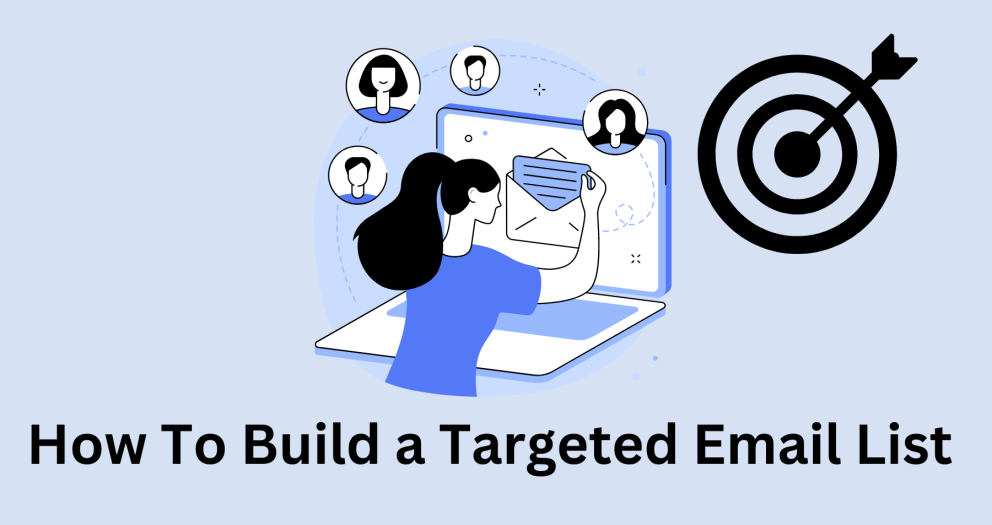If you’re like most businesses, email marketing is a key part of your digital strategy. But having an effective and successful email campaign requires more than just a few email templates and some well-crafted subject lines. It also requires building a robust and reliable email marketing database — one that can be used to target specific audiences with tailored messages. Here’s how to get started.
Gathering Contacts
The first step in creating an effective email marketing database is gathering contacts from potential customers or existing customers who have opted into your emails. Segmenting your customers into targeted lists can help ensure that you’re delivering relevant content to the right people at the right time. You can gather contact information from various sources such as website forms, social media platforms, surveys, and events.
Organizing Your Database
Once you have gathered all of your contacts, it’s time to organize them into categories so you can easily segment them for targeted campaigns. You may want to consider organizing based on factors such as geography, interests, purchase history, etc. This will help ensure that each recipient is receiving content that is tailored specifically to their interests or needs.
Organizing your contacts in this manner will also help you analyze customer behavior over time which can be used to shape future campaigns and promotions. Additionally, it allows you to track open rates and other engagement metrics more effectively as well as make sure each recipient is receiving only the most relevant content available.
Building Your Email List with Automation
Using automated tools such as MailChimp or Constant Contact are great ways to build out your database quickly and efficiently by collecting new contacts from existing customers or potential leads through signup forms or opt-in campaigns placed throughout your website or social media channels. These tools allow you to capture important data points about each contact such as demographic information, job titles, interests etc., which can then be used for even more targeted campaigns down the road. Plus they offer features such as drip campaigns and segmentation which provide even greater insight into who your audience is and what type of content resonates best with them .
Conclusion: Building an effective email marketing database takes time but it’s well worth the effort in the long run if done properly. Having a comprehensive list of engaged subscribers who are interested in what you have to offer allows you to create a highly-personalized experience for each user while providing valuable insights into customer behaviors that can be used for future campaigns and promotions. With the right tools in place and a bit of work upfront, any business should have no problem creating a successful email marketing database that drives real results!


Write a comment
Your email address will not be published. All fields are required